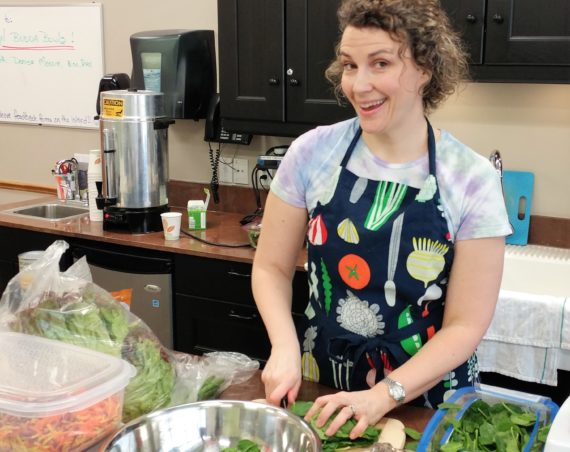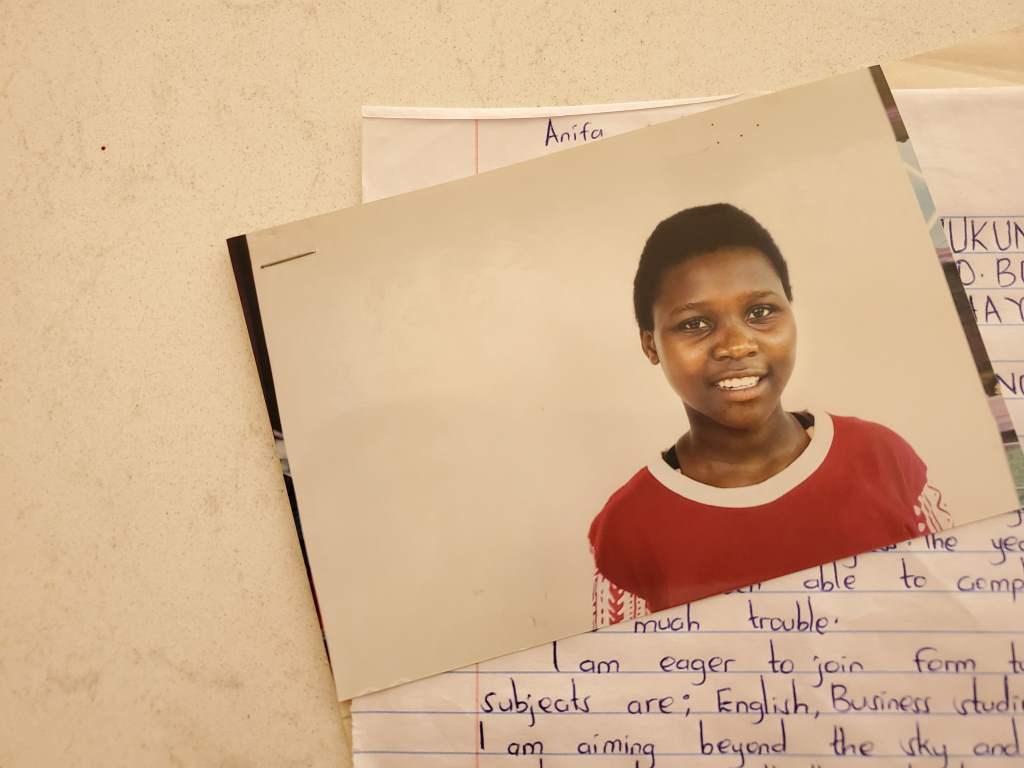Jeremy Lang is the founder of a biodegradable phone case called Pela. The Pela Case is plant-based, and is derived from flax straw “waste” and biopolymers. Unlike traditional plastic phone cases, you can compost your Pela Case when it’s time to upgrade your phone!
We had a great conversation with Jeremy about the story behind Pela, what inspired an eco-friendly phone case, how they got Amazon to reduce their packaging, and what’s next for Pela.
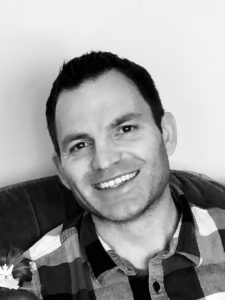 WEHL: Please tell us a little about yourself and the story behind the Pela Case.
WEHL: Please tell us a little about yourself and the story behind the Pela Case.
JL: I’m going to take you back to when I was ten years old. Driving in my dad’s big old white Buick on the Canadian Prairies at harvest time. It was starting to get dark out and the horizon was glowing orange ahead of us. We came over a hill and we could see all these fields on fire. The reason I remember it was because it was an eerie feeling. I asked my dad what was going on. He said the farmers were burning their flax straw because the fibre in it is so strong that it gets caught in their equipment. So they burn it. I said, “Well, if it’s that strong, it must be good for something.” He said, “Well, maybe when you get older, you can think of something!”
So, that was always in the back of my head. I went to the University of Saskatchewan to study Agriculture and that’s when I learned more about flax in general, and how in Canada we grow flax for the seed and in Europe, they grow the flax fibre in the straw because the fibre is strong and lightweight and has shock-absorbent qualities. So now I knew that the flax straw fibre had some great properties and I just needed to figure out what we could use it for here.
In 2009, we were on vacation in Kauai. It was my wife and I, and our son who was a year and a half at the time. We were playing in the sand on a secluded beach and there were little pieces of plastic everywhere as we dug down. I remember feeling sick, seeing all that litter. It really bothered me.
We did a lot of camping growing up and my dad always taught me you keep the campsite clean for the next person who comes along. It was that type of mentality, those types of values that I remember.
When I saw this plastic on this beautiful beach, I thought, “What’s going on?” So I did a little research.
WEHL: What did you learn from your research on plastic?
JL: I found out about the Pacific Gyre and how plastic in the ocean collects there and then it washes up on the beaches of Hawaii. Then I researched more into plastic in general and learned that almost every piece of plastic that’s been created still exists, unless it’s been burned. That’s not natural. Less than 10% of all plastic ever gets recycled. 8% of all crude oil is used to make plastic.
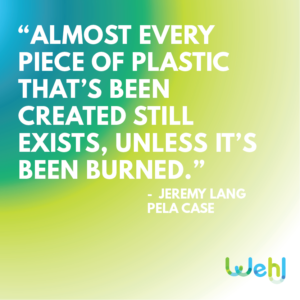
I started looking for other solutions. I found out about biopolymers. Back then they were mostly used for single-use items because they were very brittle. I thought about flax straw, how it’s very strong and it’s a natural product. If I can combine them with these biopolymers, maybe we can create more consumer products with them. So that’s when I started to do the initial research and development. And that’s how I got started with the Pela Case.
WEHL: Where does the name Pela come from?
JL: Pela, in Spanish, loosely translates into “peel”. The idea was our Pela Case was like an apple peel that protects an apple. When your Pela Case is done protecting your Apple iPhone it’s biodegradable and compostable, just like an apple peel.
WEHL: Did you initially start Pela as a “side project”?
JL: I worked as a full-time environmental consultant and worked on Pela as a side project up until February of this year. I met Matt, my partner, at an entrepreneur event in 2015. He was a huge help marketing and growing Pela. We found our audience. The timing seemed to click, and that’s when we began to grow. Then we brought on more team members and another partner, and that’s where we’re at now.
WEHL: Where are the Pela Cases made?
JL: They’re made in Saskatoon, Saskatchewan.
WEHL: How can your phone case be used to educate consumers?
JL: Biopolymers, bioplastics, compostable, biodegradable — all these words are becoming more mainstream. A big part of the Pela Case is that it acts as an education piece for everyone. For us, we’re learning as we go. If it’s going to be eco-friendly, it helps to look eco-friendly, which in turn helps to start that conversation. When people see someone’s Pela Case, we hope they’ll say, “Oh, what’s that? It looks different. What’s it made of?” And that will start the conversation about different alternatives to conventional plastic and more sustainable options.
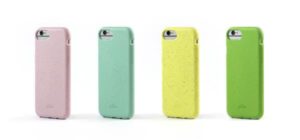 WEHL: It definitely sounds like this conversation is leading to a movement, eh?
WEHL: It definitely sounds like this conversation is leading to a movement, eh?
JL: One of the things we wanted to do was put some emotion behind the phone case. This isn’t just a phone case. People feel proud of their case. They made a choice to choose something different. They are leading the way with their choices and helping us to spread the word about more sustainable business practices and products. People continue to take pictures of their cases and send them back to us which is truly amazing and helps inspire us to keep going.
Just like what you’re doing with Wehl, when you’re starting from scratch, you have a chance to make things the best you can and the smartest you can. So for our packaging, we’re making it as eco-friendly and minimal as possible. We don’t send our phones in a package inside another package.
We’re using Amazon to help with a lot of our fulfillment to help us get our product to our customers sooner. We send our phone cases in a recycled kraft paper mailer, and we send a little note to Amazon in each box that basically lets the Amazon Team know they can just put the shipping label right on our mailer so they don’t need to put our mailer into another package. In some cases we’re actually seeing them do this, and it is really cool that they are starting to change their ways. You can be minimalist, eco-friendly, and also save money and resources. That’s really neat.
WEHL: So you’ve influenced Amazon to change their packaging?!
JL: Yes, in certain cases they’ve done it.
WEHL: What’s been challenging about creating a new product?
JL: The biggest challenges I faced were overcoming fear and resistance to finally take action and start a company, then once I had a product the biggest challenge was marketing the product. I struggled for many years and had thoughts of shutting the business down to try a different dream, but I just couldn’t stop for some reason so I started looking for help and I ended up meeting my business partners Matt and Brad, and ultimately the rest of the Pela Team, who have all been key and instrumental to where we are at now.
WEHL: Do you have any advice for entrepreneurs who are interested in building socially and environmentally conscious businesses?
JL: Just start something. It doesn’t have to be perfect. Find like-minded partners who have skill sets that complement each other, then work on getting better together, continuously.
WEHL: What’s next for Pela?
JL: We are going to be expanding into retail, and then adding more products. Anything that you would keep for one to five years and that you would wear on your body, such as sunglasses or watch straps or flip-flops.
When we were at the Green Living Show and talking to people who would buy a case, one thing they would ask is, what do I do with my old case? Good question. You can’t recycle most of them, so they often end up in the garbage. That really made us think. With Pela, they have an option to compost a phone case or return it to us. We believe one of the biggest ways to make a change in the environment is if companies took responsibility for the products they make.
We see our Pela case as an asset that can be used to make other products, not a liability.
WEHL: What does wellness mean to you?
JL: That’s a good question. Getting outside, breathing fresh air, taking time to think. That time in nature is almost a spiritual place for me. In northern Saskatchewan, the trees, the forests, the pristine lakes, that’s a place I want to get to as often as I can to recharge the batteries. So I think that’s a big part of it. Trying to spend as much time outside with my wife and our two kids. That’s important. Being active outside.
What I’ve been finding with this company, as I learn more and become healthier and more active, I become a better father and a better husband. I’m always working at that. That also spins off into a better business. Maybe it spins off into inspiring others too!
WEHL: That was an amazing answer. Thanks Jeremy! We’re definitely inspired!
Connect with Jeremy and Pela Case:
- Web: www.pelacase.com
We invite you to join our all-in-one healthy lifestyle app at Wehl.com!


